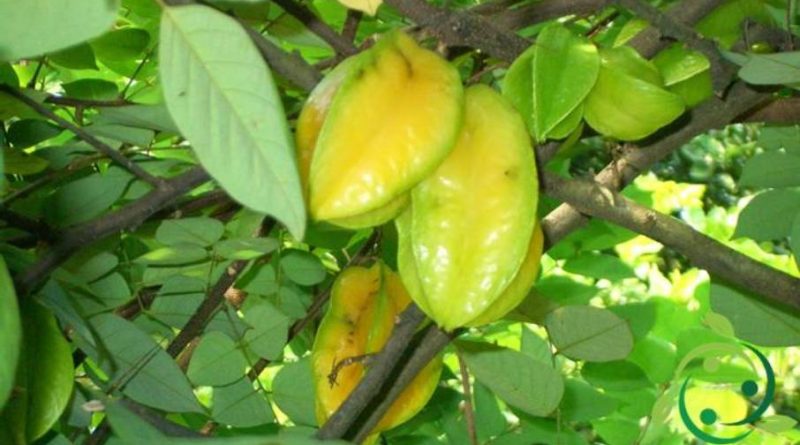How to grow the Carambola
How to grow the Carambola
The Carambola (Averrhoa carambola L.) is a tree, belonging to the Family Oxalidaceae, native of Sri Lanka, India and the Moluccas and spread throughout Southeast Asia. This plant is also grown in Brazil, Colombia, Ghana, Guyana, French Polynesia and has recently been introduced in Guam and Hawaii. In this crop sheet we see how to grow the Carambola and if it is also possible in Italy.
The Carambola produces a characteristic yellow fruit good as candied and excellent for garnish cakes; the fruit of the Carambola is easily recognized by the five-pointed star section. According to the French Guiana populations it seems that the exaggerated intake of this fruit can create kidney problems.
Although it is a very delicate plant, typical of tropical climates, in our country it is possible to grow it in some areas of Sicily, even in open fields, under conditions that the plant is well sheltered from especially cold winds.
This plant needs particularly loose soil but very organic and particularly permeable, so if you do not have these characteristics, together with the previous ones, it is not recommended cultivation in our lower latitudes.
The fruit of Carambola (or Star-fruit), when ripe, has a nice orange-yellow color. This fruit, in the places of origin, is also consumed green, squeezed in dishes like a lemon or sliced in salads. To precisely identify the taste of carambola can be defined as a mixture of different fruits: lemon, pineapple and plum. There are two types of carambola: small and sour, or large and sweet.
The acidic varieties contain a greater content of oxalic acid than the sweet ones and have a flavor that resembles the green apple. The best known acidic varieties are those from Florida: Golden Star, Newcomb, Star King and Thayer.
The sweet varieties have a more complicated flavor (a mix of citrus, apple, pear and grapes), and of this group the most commercial carambola for commercial purposes are: Arkin from Florida, Dah Poh from Taiwan, Ma Fueng from Thailand, Maha from Malaysia and Demak from Indonesia.
Of these varieties are exported to Italy those sour fruit and sweet, especially during the Christmas period. Thanks to its original shape, it is used as a garnish in pastry and in the preparation of drinks with an exotic taste. The liqueurs are distilled from the carambola juice, while the pulp can also be transformed into candied fruit. The Carambola contains several interesting substances from the nutritional and dietetic point of view: phenols and flavonoids such as gallic acid, catechin, epicatechin and proanthocyanines and, for its properties, has found use in traditional medicine for the treatment of some pathological states, such as headache, nausea, cough, insomnia, hypertension and diabetes.

